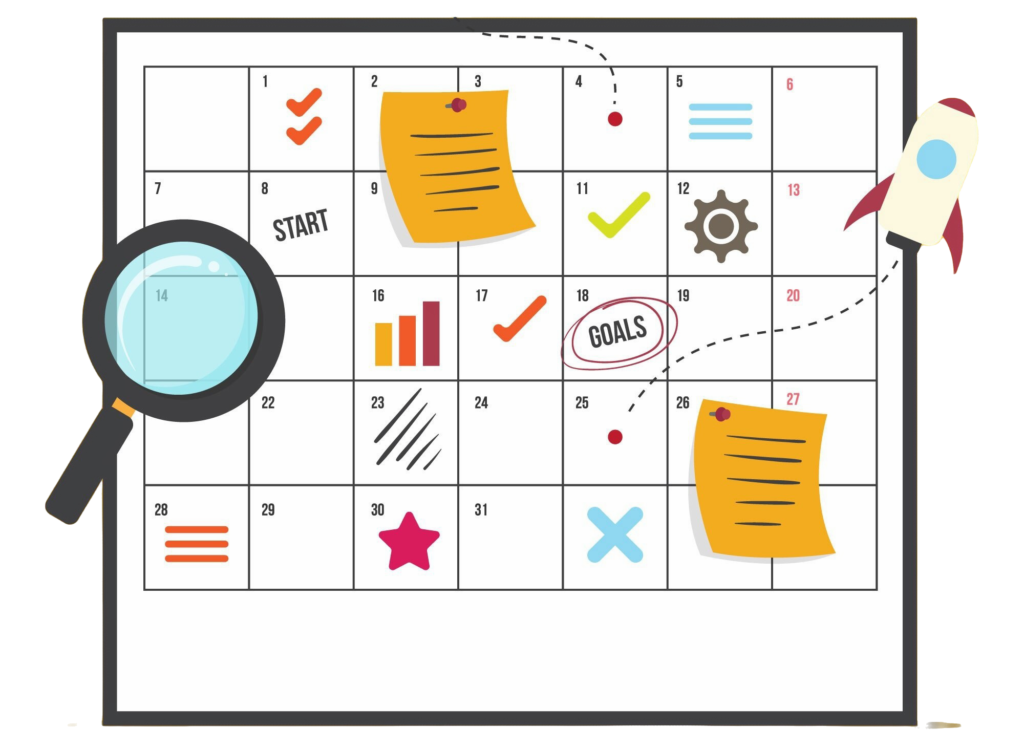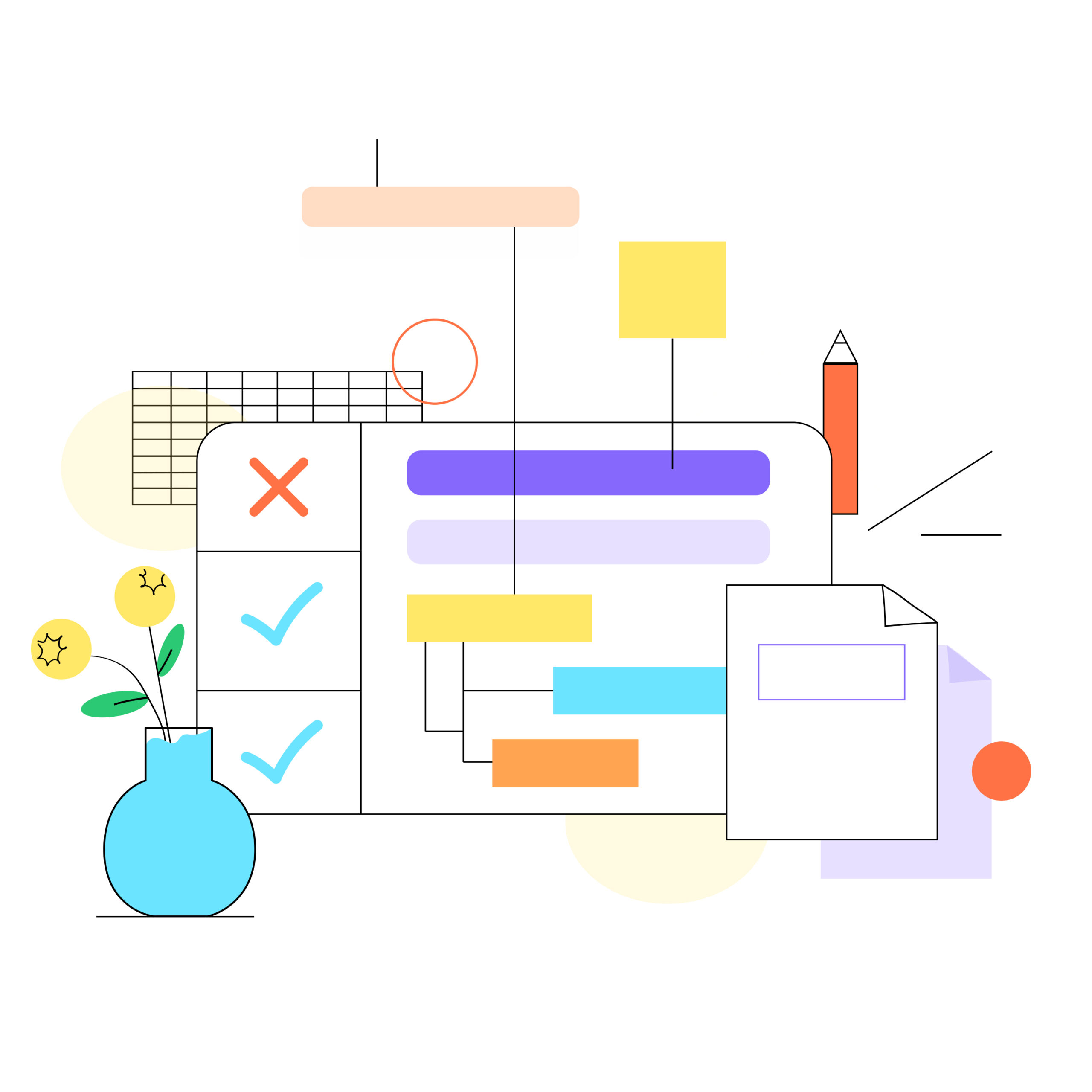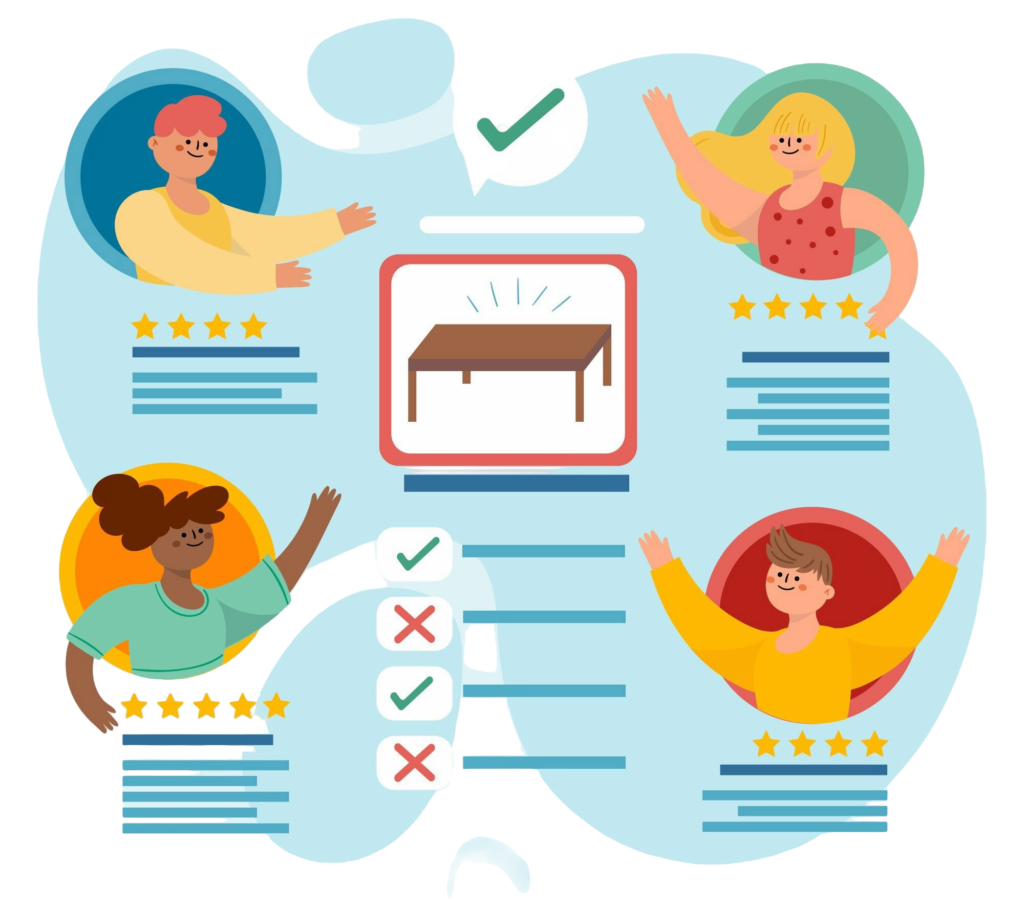In our previous blog post, we discussed the Software Testing Life Cycle (STLC) and its critical stages, emphasizing the significance of a structured approach to software quality assurance. Now, let’s delve deeper into the foundational phase of any successful testing endeavor: Test Planning.
What is Test Planning?
Test planning is the crucial initial step in the testing process. It’s more than just creating a document; it’s about establishing a clear roadmap for the entire testing effort. This involves defining the scope, objectives, and approach to testing, ensuring that all activities are aligned with the overall project goals. A well-structured test plan acts as a blueprint for the entire testing team, guiding their actions and ensuring consistency throughout the process.
The Importance of Test Planning in QA
Effective test planning is pivotal for the success of any software testing project. Its significance cannot be overstated:
Improved Test Coverage: A well-defined plan ensures that all critical aspects of the software are thoroughly tested, minimizing the risk of undetected defects.
Reduced Costs: By identifying and addressing potential issues early in the development cycle, test planning helps reduce the overall cost of testing and rework, which can be substantial in later stages.
Enhanced Communication: The test plan acts as a central communication document, ensuring that all stakeholders – developers, testers, project managers, and even clients – are aligned on the testing objectives, scope, and approach. This minimizes misunderstandings and ensures everyone is working towards the same goals.
Improved Resource Allocation: Test planning facilitates the efficient allocation of resources. It helps determine the optimal utilization of personnel, budget, and testing tools, maximizing their impact and ensuring cost-effectiveness.
Increased Efficiency: A well-structured plan streamlines the testing process, making it more organized and efficient. By defining clear timelines, responsibilities, and deliverables, it minimizes confusion and delays.
Better Risk Management: Test planning enables proactive risk identification and mitigation. By analyzing potential risks and incorporating risk management strategies into the plan, teams can proactively address challenges and prevent potential roadblocks.
Improved Decision Making: The test plan provides a framework for informed decision-making throughout the testing process. It allows for data-driven decisions based on the defined objectives and progress against the plan.

Key Components of a Test Plan
A comprehensive test plan typically includes the following key components:
Scope of Testing:
What will be tested? Clearly define the software features, functionalities, and components that will be included in the testing scope.
What will not be tested? Explicitly outline any exclusions or limitations to the testing scope. This helps manage expectations and prevents unnecessary testing activities.
Specific areas of focus: Identify any specific features or functionalities that require extra attention due to their criticality or complexity.
Objectives and Goals:
Overall Testing Objectives: Define the overarching goals of the testing effort. For example, “To ensure the software meets all functional and non-functional requirements.”
Specific Testing Goals: Outline measurable goals such as “Achieve 95% test coverage,” “Reduce defect density by 20%,” or “Complete testing within the allocated budget.”
Success Criteria: Define clear criteria for determining the success of the testing effort. These could include metrics such as defect density, test coverage, and customer satisfaction.
Roles and Responsibilities:
Clearly define the roles and responsibilities of each team member involved in the testing process. This includes developers, testers, test leads, project managers, and other stakeholders.
Assigning clear responsibilities helps to avoid confusion and ensures accountability within the team.

Steps to Implement Test Planning
Gather Requirements and Information:
Thoroughly analyze the software requirements, specifications, and design documents.
Gather information about the project scope, timelines, budget, and any potential risks or constraints.
Understand the project’s overall objectives and the business goals it aims to achieve.
Define Testing Objectives and Scope:
Based on the gathered information, define clear and measurable testing objectives.
Determine the scope of testing, including what will be tested and what will not be tested.
Identify any specific areas of focus or critical functionalities that require more in-depth testing.
Identify Test Scenarios and Test Cases:
Develop high-level test scenarios that cover the different functionalities and use cases of the software.
Break down test scenarios into more detailed test cases with specific steps, expected results, and test data.
Prioritize test cases based on risk and criticality.
Estimate Testing Effort and Resources:
Estimate the time and resources required for each testing activity, including test case execution, defect logging, and reporting.
Allocate resources such as budget, personnel, and testing tools effectively.
Create a Test Plan Document:
Document the test plan in a clear, concise, and well-organized manner.
Use a standardized template (such as the ISTQB template, discussed below) to ensure consistency and completeness.
Include all relevant information, such as testing objectives, scope, test cases, timelines, resources, and risk assessments.
Obtain Approvals:
Obtain necessary approvals from relevant stakeholders, including project managers, developers, and clients. This ensures that everyone is aligned with the testing plan and its objectives.
Download our Sample Test Plan in Microsoft Document Format Now!
ISTQB Test Plan Template
The ISTQB (International Software Testing Qualifications Board) provides a widely recognized and comprehensive template for test planning. This template covers key aspects such as:
Test Plan Identifier: Unique identifier for the test plan.
Introduction: Project overview, purpose of the test plan, and scope.
References: Relevant documents such as requirements specifications, design documents, and risk assessments.
Test Items: Software components or features to be tested.
Features to be Tested: Specific functionalities or features that will be subjected to testing.
Features Not to be Tested: Explicitly state any exclusions from the testing scope.
Test Approach: Testing strategies and techniques to be used (e.g., unit testing, integration testing, system testing, etc.).
Item Pass/Fail Criteria: Criteria for determining whether a software item has passed or failed the tests.
Suspension Criteria and Resumption Requirements: Conditions under which testing may be suspended and the requirements for resuming testing.
Testing Deliverables: Expected outputs from the testing process, such as test reports, defect reports, and test summary reports.
Entry Criteria: Conditions that must be met before testing can begin, such as the availability of testable software, test environment setup, and approval of the test plan.
Exit Criteria: Conditions that must be met before testing can be considered complete, such as achieving a certain level of test coverage, meeting defect density targets, and obtaining sign-off from stakeholders.
Test Schedule: Timeline for the entire testing process, including start and end dates for different testing phases.
Risks and Contingencies: Identification of potential risks and the development of contingency plans to mitigate their impact.
Testing Tools: Tools to be used for testing, such as test management tools, automation tools, and performance testing tools.
Test Environment: Description of the hardware, software, and network infrastructure required for testing.
Human Resources: Roles and responsibilities of the testing team members.
Reporting: How test progress and results will be reported to stakeholders.
Approvals: Signatures and approval dates from relevant stakeholders.
Common Challenges in Test Planning and How to Overcome Them
While test planning is crucial, it can present certain challenges –
| Challenges | Description | Solution |
|---|---|---|
| Lack of Clear Requirements | Ambiguous or constantly changing requirements can create significant difficulties in defining the scope of testing and developing effective test cases. | Work closely with the development team and business stakeholders to clarify requirements and ensure a shared understanding. Conduct regular requirements reviews to address any changes promptly. |
| Limited Time | In fast-paced development environments, there may be pressure to release software quickly, leading to inadequate time for thorough test planning. | Prioritize testing activities based on risk and criticality. Focus on the most critical features and functionalities. Utilize efficient test planning techniques, such as risk-based testing and exploratory testing. |
| Limited Resources | Constraints on budget, personnel, and testing tools can limit the effectiveness of testing. | Optimize resource allocation by prioritizing critical testing activities. Leverage automation wherever possible to improve efficiency. Consider outsourcing certain testing activities to specialized testing companies. |
| Changing Priorities | Shifting project priorities can necessitate changes to the test plan, leading to disruptions and delays. | Maintain flexibility in the test plan and be prepared to make adjustments as needed. Conduct regular reviews and updates to the plan to reflect any changes in project scope or priorities. |
| Lack of Skilled Testers | A shortage of skilled testing professionals can hinder the effective execution of the test plan. | Invest in training and development programs for testing team members. Hire experienced testers with the necessary skills and expertise. |
Conclusion: Achieving Testing Success Through Proper Planning
Test planning is the cornerstone of any successful software testing effort. By following a structured approach, considering key components, and addressing potential challenges, teams can create effective test plans that guide their testing activities, improve test coverage, reduce costs, and ultimately deliver high-quality software products.
Remember, test planning is an ongoing process. It’s essential to continuously monitor and adjust the plan as needed to adapt to changing project requirements and address any emerging issues. By embracing a proactive and iterative approach to test planning, teams can lay the foundation for successful testing and ensure the delivery of software that meets user expectations and business objectives.
This blog post provides a comprehensive guide to test planning, covering its significance, key components, implementation steps, challenges, and best practices. By following these principles, you can create effective test plans that contribute to the successful delivery of high-quality software.
If you have any questions or would like to learn more about specific aspects of test planning, please feel free to write back to us at [email protected]
"Adopting Shift Left is more than a process change—it's a mindset shift that turns every challenge into an opportunity to build quality from the ground up. Embrace collaboration, bridge skill gaps, and choose the right tools to turn resistance into resilience."
Rishi Gaurav, Vice President
Related Frequently Asked Questions
Q. What are the different types of testing?
There are various types of software testing, including functional testing, non-functional testing, and maintenance testing.
- Functional testing verifies that the software functions as per the specified requirements. This includes unit testing, integration testing, system testing, and acceptance testing.
- Non-functional testing evaluates aspects like performance, security, usability, and compatibility. This includes performance testing, security testing, usability testing, and compatibility testing.
- Maintenance testing is performed after the software is deployed to ensure its continued functionality and reliability. This includes regression testing, smoke testing, and sanity testing.
Q. What are the best practices for software testing?
Some best practices for software testing include:
- Early involvement of testers: Involve testers early in the development process to identify and address potential issues proactively.
- Test automation: Automate repetitive tests to improve efficiency and reduce the risk of human error.
- Risk-based testing: Prioritize testing efforts based on the identified risks associated with the software.
- Continuous testing: Integrate testing activities throughout the entire development lifecycle.
- Use of appropriate tools: Utilize testing tools to support the testing process and improve efficiency.
- Regularly review and improve the testing process: Continuously evaluate the testing process and identify areas for improvement.
Q. How can I improve my software testing skills?
To improve your software testing skills, you can:
- Gain relevant certifications: Obtain certifications such as ISTQB (International Software Testing Qualifications Board) to demonstrate your expertise.
- Participate in online courses and tutorials: Learn from online resources and tutorials to enhance your knowledge and skills.
- Practice regularly: Practice testing different types of software applications to gain hands-on experience.
- Stay updated with the latest trends and technologies: Keep up-to-date with the latest advancements in software testing tools, techniques, and methodologies.
- Join a testing community: Connect with other testers and learn from their experiences.
Q. What are the challenges faced during STLC?
Some common challenges faced during STLC include:
- Lack of clear requirements: Ambiguous or changing requirements can make it difficult to design and execute effective tests.
- Limited Time: In fast-paced development environments, there may be pressure to release software quickly, which can lead to compromises in the testing process.
- Limited Resources: Adequate resources, including budget, personnel, and tools, are essential for effective test planning and execution.
- Skill Gap: Lack of skilled testing professionals can hinder the effective implementation of the test plan.
- Resistance to Change: Introducing a structured testing process like the STLC can sometimes face resistance from team members who are accustomed to working in a less formal manner.
By addressing these challenges and adhering to best practices, organizations can effectively implement the STLC and ensure the delivery of high-quality software products.






